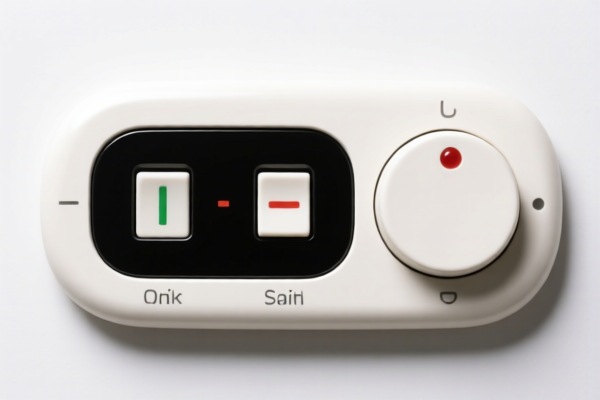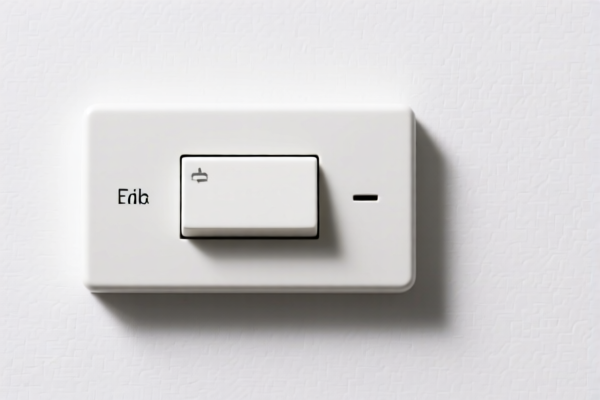| HS Code | Official Doc | Tariff Rate | Origin | Destination | Effective Date |
|---|---|---|---|---|---|
| 8536410005 | Doc | 57.7% | CN | US | 2025-05-12 |
| 8536509065 | Doc | 55.0% | CN | US | 2025-05-12 |
| 8512202080 | Doc | 55.0% | CN | US | 2025-05-12 |
| 8512909000 | Doc | 57.5% | CN | US | 2025-05-12 |
| 8714998000 | Doc | 47.5% | CN | US | 2025-05-12 |




Car Switch
A car switch is an electrical component used to control various functions within a vehicle. These switches are integral to operating systems like lights, wipers, the infotainment system, and power windows, among others.
Material
Car switches are constructed from a variety of materials chosen for durability, conductivity, and safety. Common materials include:
- Plastic Housings: Typically made from polymers like Polycarbonate (PC), Acrylonitrile Butadiene Styrene (ABS), or Polypropylene (PP) for impact resistance and heat tolerance.
- Metal Contacts: Often utilize alloys of copper, silver, or tin for reliable electrical conductivity. Gold plating is sometimes used on contacts for improved corrosion resistance and lifespan.
- Internal Mechanisms: Employ spring steel, brass, or other metal components for actuation and maintaining contact.
- Illumination Components: LEDs or incandescent bulbs are used for illuminated switches, with housings made of light-transmitting plastics.
Purpose
The primary purpose of a car switch is to provide a user interface for controlling electrical systems. They allow the driver and passengers to activate, deactivate, or adjust vehicle features without direct manipulation of wiring or complex systems.
Function
Car switches function by completing or interrupting an electrical circuit. When activated, the switch connects the circuit, allowing current to flow and power the intended component. Different switch types achieve this in various ways:
- Momentary Switches: Require continuous pressure to maintain the circuit (e.g., horn switch, lane change signal).
- Latching Switches: Remain in the activated state until pressed again (e.g., headlight switch, fog light switch).
- Rotary Switches: Offer multiple positions to control different settings or functions (e.g., dimmer switch, fan speed control).
- Toggle Switches: Use a lever to switch between on/off states.
Usage Scenarios
Car switches are found throughout the vehicle cabin and on control panels:
- Dashboard: Headlights, fog lights, hazard lights, windshield wipers.
- Steering Wheel: Horn, cruise control, infotainment system controls.
- Door Panels: Power windows, power door locks, mirror adjustments.
- Center Console: Climate control, heated seats, navigation system.
- Seat Controls: Power seat adjustments, lumbar support.
Common Types
- Illuminated Switches: Feature a backlight for visibility in low-light conditions.
- Push-Pull Switches: Activated by pushing or pulling a button or knob.
- Rotary Switches: Offer multiple settings or functions controlled by rotating a knob.
- Toggle Switches: Use a lever to switch between on/off states. Often found in older vehicles or specialized applications.
- Rocking Switches: Feature a rocker-style button that pivots to activate.
- Membrane Switches: Use a flat membrane with conductive traces, often used in infotainment systems.
- Touch Capacitive Switches: Utilize capacitive sensing for touch-based activation, common in modern vehicles.
- Steering Wheel Switches: Integrated into the steering wheel for convenient control of audio, cruise control, and other functions.
Based on the provided information, “car switch” can be classified under several HS codes, depending on its specific function and application. Here's a breakdown:
-
8536410005: This code covers electrical apparatus for switching or protecting electrical circuits, or for making connections to or in electrical circuits (for example, switches, relays, fuses, surge suppressors, plugs, sockets, lamp-holders and other connectors, junction boxes), for a voltage not exceeding 1,000 V; connectors for optical fibers, optical fiber bundles or cables: Relays: For a voltage not exceeding 60 V Automotive signaling flashers. This is applicable if the switch is a relay used in automotive signaling systems and operates at 60V or below. The total tax rate is 57.7% (Base tariff: 2.7%, Additional tariff: 25.0%, Post-April 2, 2025, additional tariff: 30%).
-
8536509065: This code covers electrical apparatus for switching or protecting electrical circuits, or for making connections to or in electrical circuits (for example, switches, relays, fuses, surge suppressors, plugs, sockets, lamp-holders and other connectors, junction boxes), for a voltage not exceeding 1,000 V; connectors for optical fibers, optical fiber bundles or cables: Other switches: Other: Other Other. This is applicable for other types of switches not specifically categorized elsewhere, operating at 1,000V or below. The total tax rate is 55.0% (Base tariff: 0.0%, Additional tariff: 25.0%, Post-April 2, 2025, additional tariff: 30%).
-
8714998000: This code covers parts and accessories of vehicles of headings 8711 to 8713: Other: Other. If the switch is considered a general part or accessory for a vehicle, this code may apply. The total tax rate is 47.5% (Base tariff: 10.0%, Additional tariff: 7.5%, Post-April 2, 2025, additional tariff: 30%).
It is important to determine the precise function of the “car switch” to select the most accurate HS code. If the switch is part of a signaling system, 8536410005 is likely the correct choice. If it's a general switch for other automotive functions, 8536509065 may be more appropriate. If it is simply a part or accessory without a specific function listed, 8714998000 could be used.
Customer Reviews
No reviews yet.